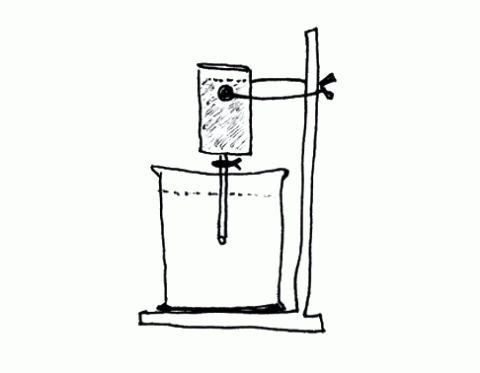
03
May

The Pulse of a Salt Oscillator, a Meditation
In describing the Rule of St. Benedict (480-540) in Seeking God, Esther de Waal describes the keystone of community and personal life as relying on balance, proportion and harmony in body, mind and spirit. She writes that the purpose of the rule is to create a favorable environment in which the balanced life may flourish.
Stability is fundamental and means more than not running away from a place or people, rather, “not running away from oneself.” Stability permits us to recognize the connection of inner and outer, to respect and order disparate elements within ourselves, our relationships, and in our physical bodies.
Benedict distilled his life experiences into clear directions.
Listen to one another, and to God. Listen with sensitivity and openness. Practice the hospitality of the open door, the open heart, and the open mind.
In 1970-71, Seelye wrote a paper for the Amateur Scientist column edited by C. L. Stong of the Scientific American.
In pondering St. Benedict’s Rule, the experiment Seelye devised to demonstrate the salt oscillator entered my mind as a metaphor, to illustrate the dynamic in living with balance, proportion, and harmony.
Picture a clear glass beaker filled with fresh water placed on the base of a ring stand. Clamped to the stand above the beaker is another container (the home model was a frozen juice can) fitted with a small-bore tube at the bottom and extending halfway into the water in the beaker below. Pinch the tube closed and fill the upper container with a colored salt solution, for example, soy sauce. Release the pincher on the tube and observe the flow downward of the heavier visible fluid into the clear fresh water. Within less than a minute the downward flow will pause, then reverse direction. The oscillation will repeat until both upper and lower fluids are in balance for saltiness.


Seelye Martin in San Francisco, 12/07 and at Seeley Lake, Montana, 9/05